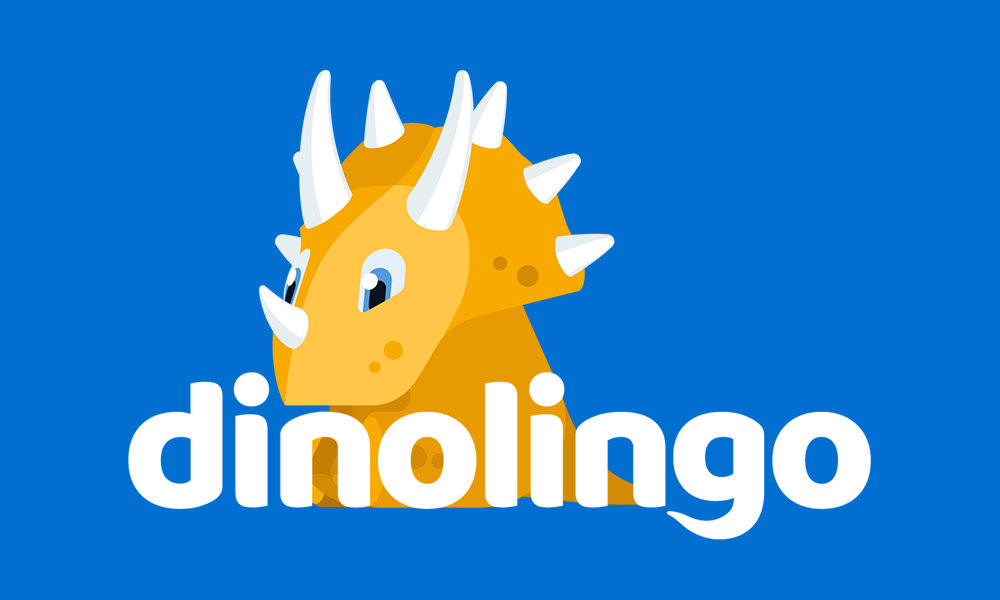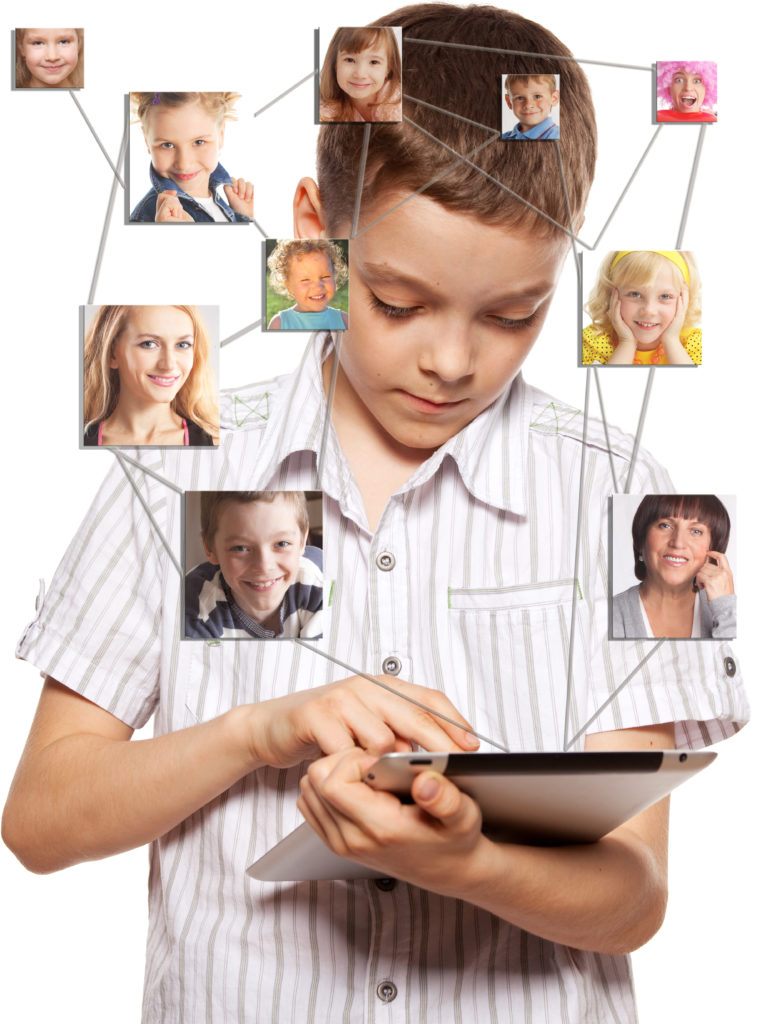Have you ever wondered what benefits your child could receive by learning a second language while they are still young?
There are some surprising and wonderful benefits of bilingualism. We have gathered 15 of them for you to consider.

- A child’s brain is better equipped to learn a new language.
They have a higher number of synapses (which is basically a space between nerve cells where messages are passed) than adults do. They also have greater plasticity, which means their brains can be molded easier than any other time in their life.
- They have better test scores.
A study assessed math and language scores of two groups. One group studied 30 minutes of Spanish for one semester and the other did not. The group that studied the language had higher scores in both subjects at the school.
- They have better reading and English skills.
A study which looked at the reading scores of average intelligence children showed there is a close relationship between studying a foreign language and better reading scores. In Louisiana, they looked at the State Basic SKills Test scores of 13,200 3rd and 5th graders. Students who took foreign language classes did better on their English test.
- IQ scores are higher.
Here is one more important study to tell you about! It showed students who were in immersion French class had higher IQ scores than a regular class.
- Babies even see results of Bilingualism.
Bilingual babies are more perceptive to nonnative languages and can easily recognize a distinction between different sounds.
- They can better deal with distractions and multitasking.
This is a result of having better problem solving skills and having the brain system strengthened through learning a new language.
- They are better at problem solving.
They have more linguistic and cultural information. So, they can look at different aspects of the problem at hand, forming problem solving skills. Whether they are in conflict or dealing with a decision, these skills are increasingly important as they get older.
- It is easier to understand other cultures.
Language and the culture it is used in are linked together. When a child learns a new language, they will also learn what is important and special about the culture it is used in. If they come from multi-cultural or immigrant families, knowing their native language will increase their knowledge about where they come from.
- They have the upper hand in a multicultural, multilingual, multi-ethnic world.
The world is changing because of social media and it’s becoming easier to understand other cultures with a quick google search. Kids who know two languages already understand differences between two cultures. So, they are better equipped to do this with other places in the world.
- Dementia and Alzheimer’s is delayed.
Researchers found people who are fully bilingual or speak two languages every day for most of their life can delay these conditions by up to four years.
- They are more creative.
When kids think in one language, then have to translate those words in their mind to the other language, it can teach them to use the creative parts of the brain. Several studies have seen these results.
- A third language can be learned effortlessly.
They have already developed the skills to learn a new language, so it is a lot more easy to pick up another one. Also, many languages are similar. Spanish speakers can easily learn French or Italian because they have similar sentence structures.
- They gain competitive advantages in future jobs.
Being bilingual makes them an interesting candidate that stands out. It also can lead to wage increases and promotions.
- They are better at communicating with others.
They have to develop both listening and speaking skills in order to successfully learn a new language. So, students who study a foreign language in elementary school have better communication skills, improved cognitive development, and have advanced cultural awareness.
- College applications are better.
Students who study another language have proven to get higher scores in college entrance exams, as well as better SAT scores.

Sources:
1. Research Notes: Language Learning and the Developing Brain. (1996) Learning Languages, 1/2, 17.
2. Armstrong, P. W. and J. D. Rogers. (1997). Basic Skills Revisited: The Effects of Foreign Language Instruction on Reading, Math and Language Arts. Learning Languages, Spring, 20-31.
3. Garfinkel, A. and K. E. Tabor. (1991). Elementary School Foreign Languages and English Reading Achievement: A New View of the Relationship. Foreign Language Annals, 24/5, 375-382
4. Samuels, D. D. and R. J. Griffore (1979). The Plattsburgh French Language Immersion Program: Its Influence on Intelligence and Self-esteem. Language Learning, 29/1, 45-52.
5. http://www.npr.org/2011/04/04/135043787/being-bilingual-may-boost-your-brain-power
5. Dumas, L. S. (1999). Learning a Second Language: Exposing Your Child to a New World of Words Boosts Her Brainpower, Vocabulary, and Self-Esteem. Child, February, 72, 74, 76-77.
6. Seven steps to raising a bilingual child. Naomi Steiner, Susan L. Hayes, Steven Parker, 2008
7. Kessler& Quinn, 1980,87, Hakuta, 1986
8. Seven steps to raising a bilingual child. Naomi Steiner, Susan L. Hayes, Steven Parker, 2008
9. Seven steps to raising a bilingual child. Naomi Steiner, Susan L. Hayes, Steven Parker, 2008
10. http://www.newscientist.com/article/dn10954-bilingualism-delays-onset-of-dementia.html
12. Seven steps to raising a bilingual child. Naomi Steiner, Susan L. Hayes, Steven Parker, 2008
13. https://www.laort.edu/speaking-languages-good-and-boost-career/
14. Marcos, K. M. (1998). Learning a Second Language: What Parents Need to Know. National PTA Magazine, August/September, 32-33.
14.https://www.fluentu.com/blog/advantages-of-being-bilingual/#:~:text=To%20successfully%20become%20bilingual%2C%20one,people%20and%20build%20solid%20relationships.
15. College Board, 2003
15. Cooper, T. C. (1987). Foreign Language Study and SAT-Verbal Scores. The Modern Language Journal, 71/4, 381-387

Online lessons for kids: dinolingo.com




